 W
WCross-dressing is the act of wearing items of clothing not commonly associated with one's sex. Cross-dressing has been used for purposes of disguise, comfort, comedy, and self-expression in modern times and throughout history.
 W
WTransvestism is the practice of dressing in a manner traditionally associated with the opposite sex. In some cultures, transvestism is practiced for religious, traditional, or ceremonial reasons.
 W
WA transvestite certificate was a doctor's note issued by the governments of Imperial Germany and the Weimar Republic – under the support of sexologist Magnus Hirschfeld – identifying a person as a transvestite. Transvestite at this time referred to all individuals whose gender identity and preferred clothing was discordant to that associated with their assigned sex, and so included both crossdressing and transgender people.
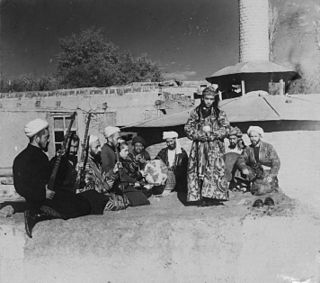 W
WBacha bāzī is a slang term in some parts of Afghanistan and Pakistan for a custom created in Afghanistan involving child sexual abuse between older men and young adolescent males or boys, who are called dancing boys. The custom is connected to sexual slavery and child prostitution. In the 21st century, Bacha bazi is reportedly practiced in various parts of Afghanistan and Northwestern Pakistan. Force and coercion are common, and security officials state they are unable to end such practices because many of the men involved in bacha bazi-related activities are powerful and well-armed warlords.
 W
WCasa Susanna was a popular weekend destination in Jewett, NY for cross-dressing men and transgender women in the early 1960s. The bungalow camp was run by Susanna Valenti and her wife Marie, who also ran a wig store in town.
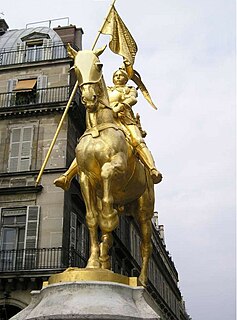 W
WJoan of Arc, a French historical figure executed by the English for heresy in 1431, is a national heroine of France and a Roman Catholic saint. Joan accompanied an army during the Hundred Years War, adopting the clothing of a soldier, which ultimately provided a pretense for her conviction and execution. Whether her crossdressing and lifestyle have implications for her sexuality or gender identity is debated.
 W
WFeminization or feminisation, sometimes forced feminization, and also known as sissification, is a practice in dominance and submission or kink subcultures, involving reversal of gender roles and making a submissive partner take on a feminine role, which may include cross-dressing. Subsets of the practice include sissy training and variations thereof, where the submissive partner is trained over time in femininity. Feminization as a sexual fetish is not the same thing as being a transgender woman, and the submissive partners engaging in it are typically heterosexual, cisgender men. It has been speculated that the fetish is rooted in societal pressure for men to be traditionally masculine.
 W
WCross-dressing is the act of wearing items of clothing not commonly associated with one's sex. Cross-dressing has been used for purposes of disguise, comfort, comedy, and self-expression in modern times and throughout history.
 W
WA gaff is a piece of fabric, usually augmented by an elastic such as a rubber band, that is designed to hide the male genital bulge. It is usually worn by trans women or male cross-dressers. Since the 2010s, underwear manufacturers have begun to design underwear with the same function as gaffs. Home-made gaffs are usually made by cutting the ends off a single sock, and then placing a pair of elastic loops through them. The main function of gaffs or underwear that replicates gaffs is to make the male groin appear smoother and flatter in order hide the male crotch bulge, also sometimes referred to by the slang terms moose-knuckle or man-bulge.
 W
WThe Headbangers are a professional wrestling tag team consisting of Mosh and Thrasher. As the name of the team implies, their gimmick is that they are a pair of metalheads, complete with heavy metal related T-shirts, kilts, piercings, goatees, shaved heads, and black face paint.
 W
WHip and buttock padding is used to increase the apparent size of the hips and buttocks in order to increase apparent waist-hip ratio which implies more feminine body shape. It is used by both sexes: women wishing to increase their physical attractiveness, some transgender people including transsexuals and cross-dressers, and performers both male in drag and female. This technique is often used by drag queens to create the illusion of a feminine figure, often taking it to the extreme for comedic value.
 W
WThe Hogettes are a group of fans of the Washington Football Team who wore women's dresses, garden party hats, and pig snouts. The group was founded in 1983 by Michael Torbert and became a regular fixture at Redskins games for nearly 30 years. When the group announced its retirement following the 2012 season, it had over 20 members, including three who have been featured in an exhibit at the Pro Football Hall of Fame.
 W
WThe khawal was a traditional native Egyptian male dancer cross-dressed in feminine attire and was popular up until the late eighteenth and early nineteenth centuries.
 W
WThe köçek was typically a very handsome young male rakkas, or dancer, who usually cross-dressed in feminine attire, and was employed as an entertainer.
 W
WThe Kottankulangara Devi Temple is a Hindu temple to the goddess Durga Bhagavathy or Aadi Shakthi, the supreme mother of power, located in the village of Chavara, Kerala, India.
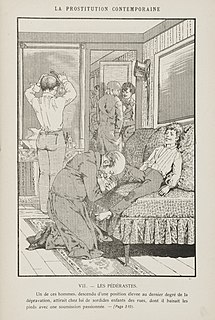 W
WMolly-house was a term used in 18th- and 19th-century Britain for a meeting place for homosexual men. The meeting places were generally taverns, public houses, coffeehouses or even private rooms where men could either socialise or meet possible sexual partners.
 W
WOnnagata or oyama are male actors who play female roles in Japanese Kabuki theatre.
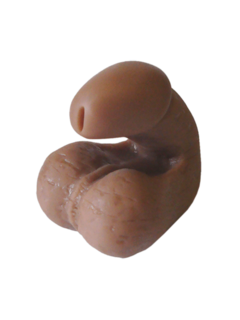 W
WPacking is wearing padding or a phallic object in the front of the pants or underwear to give the appearance of having a penis or bulge. Packing is commonly practiced by trans men. People who cross-dress as male may also "pack".
 W
WA pantomime dame is a traditional role in British pantomime. It is part of the theatrical tradition of travesti portrayal of female characters by male actors in drag. Dame characters are often played either in an extremely camp style, or else by men acting butch in women's clothing. They usually wear heavy make up and big hair, have exaggerated physical features, and perform in an over-the-top style.
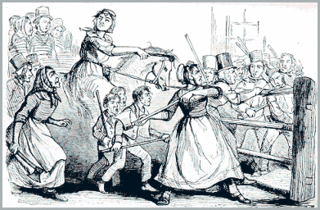 W
WThe Rebecca Riots took place between 1839 and 1843 in West and Mid Wales. They were a series of protests undertaken by local farmers and agricultural workers in response to unfair taxation. The rioters, often men dressed as women, took their actions against toll-gates, as they were tangible representations of high taxes and tolls. The riots ceased prior to 1844 due to several factors, including increased troop levels, a desire by the protestors to avoid violence and the appearance of criminal groups using the guise of the biblical character Rebecca for their own purposes. In 1844 an Act of Parliament to consolidate and amend the laws relating to turnpike trusts in Wales was passed.
 W
WSorelle Marinetti is the name of an Italian swing singer trio starring three males singers in travesti fashion. Their names are Turbina, Elica and Scintilla Marinetti. In October 2015 Matteo Minerva took the place to Andrea Allione, one of the original members of the trio, known to the public as "Mercuria".
 W
WShirabyōshi (白拍子) were Japanese female entertainers in the Heian and Kamakura period who sang songs and performed dances. They danced dressed as men. The word shirabyōshi can also refer to the songs they sang and the dances they performed. The profession of shirabyōshi became popular in the 12th century. They would perform for the nobility, and at celebrations.
 W
WTransvestic fetishism is a psychiatric diagnosis applied to those who are thought to have an excessive sexual or erotic interest in cross-dressing; this interest is often expressed in autoerotic behavior. It differs from cross-dressing for entertainment or other purposes that do not involve sexual arousal. Under the name transvestic disorder, it is categorized as a paraphilia in the DSM-5. Sexual arousal in response to donning sex-typical clothing is homeovestism.
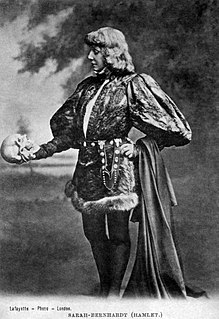 W
WTravesti is a theatrical term referring to the portrayal of a character in an opera, play, or ballet by a performer of the opposite sex.
 W
WTucking is a technique whereby an individual hides the crotch bulge of the penis and testicles so that they are not conspicuous through clothing.
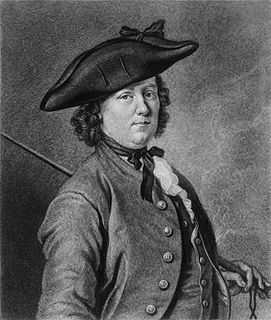 W
WMany people have engaged in cross-dressing during wartime under various circumstances and for various motives. This has been especially true of women, whether while serving as a soldier in otherwise all-male armies, while protecting themselves or disguising their identity in dangerous circumstances, or for other purposes.
 W
WA womanless wedding is a traditional community "ritual of inversion" performance, popular in the United States in the early 19th century. In this comic ritual, the all male cast would act out all roles of a traditional wedding party – including those of bridesmaids, flower girls, and the mother of the bride – while dressed in gowns and dresses. The event often raised money for charities, civic organizations, and churches.